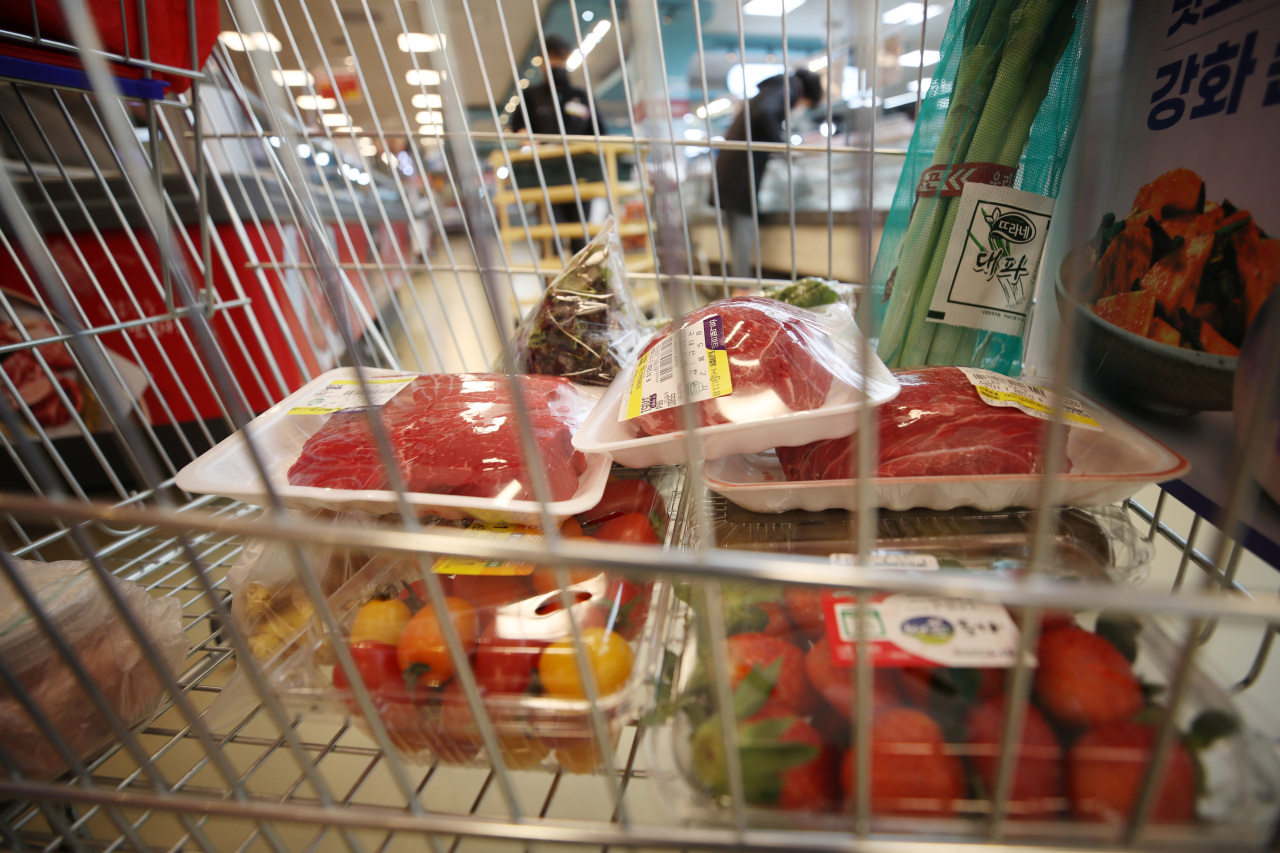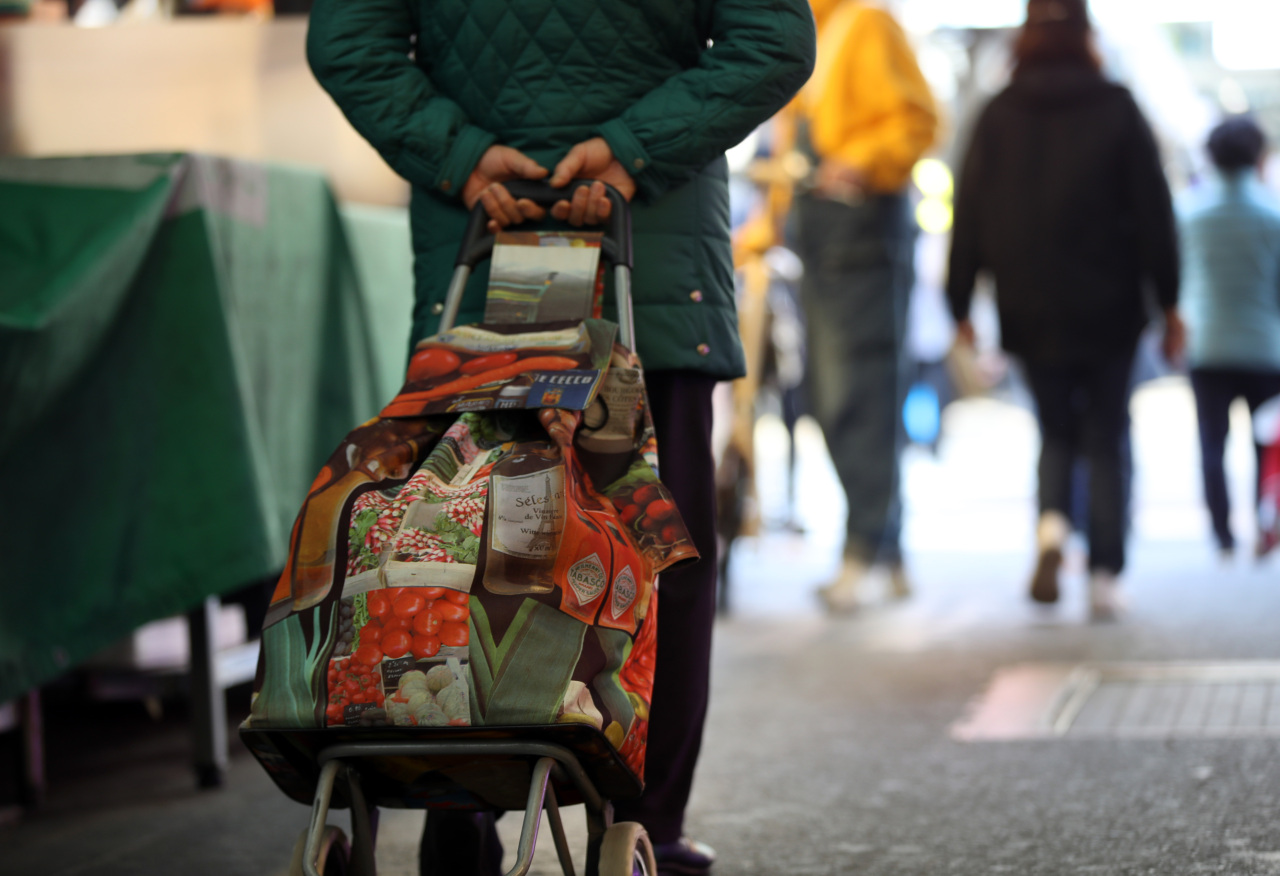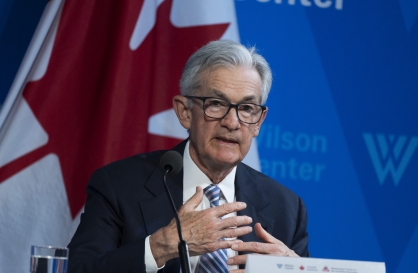Food prices rise from pandemic, set to hit lower earners hard
By Kang Jae-eunPublished : Nov. 22, 2021 - 18:07

Prices are rising for ramyeon, milk, and other everyday foods and drinks, as the pandemic has disrupted supply chains and pushed up the prices of agricultural goods.
According to data from the Bank of Korea released Monday, consumer prices in the third quarter rose 2.6 percent from the same period last year. It was the steepest on-year increase in nine years, the institution said.
First to feel the impact was South Korea’s No. 1 fried chicken franchise, Kyochon F&B. The company on Monday raised the price of its chicken items by an average of 8.1 percent for the first time in seven years.
Following the price increase, Kyochon’s flagship Honey Combo Chicken will cost 20,000 won ($16.85) instead of 18,000 won.
“We could no longer delay raising the price of our menus as the cost burden at our franchise stores worsened with inflation and we desperately need to find a way to improve profitability,” explained an official from the company.
The humble canned tuna also rose in price. Dongwon F&B hiked its tuna prices by an average of 6.4 percent as canola oil and fish prices rose by more than 50 percent.
“It was an inevitable decision,” a company spokesperson said. “The logistics crisis and a global oil price hike pushed up the prices of the oil and fish used to make our products.”
Inflation was also evident in the wholesale market, said Kang Hee-won, 26, a sale administrator at one of Korea’s largest meat wholesale companies.
“Early in the year, the wholesale price of beef short ribs started at around 20,000 won. Now it’s risen to more than 30,000 won,” she said.
Worldwide inflation has also impacted alcohol makers. Dutch beer maker Heineken decided to stop offering the typical convenience store deal of four cans for 10,000 won last week, citing high oil prices and logistics costs.
Similarly, Korean rice wine maker Kooksoondang said it would raise the prices of its products by up to 25 percent as rice becomes more expensive due to a bottleneck in the global supply chain.

Food production prices rose, experts explained, because of a supply mismatch triggered by the pandemic.
The output of food commodities fell because the pandemic disrupted supply chains and increased labor costs, while demand went up as pandemic restrictions eased and the market overflowed with liquidity, Yonsei University economics professor Sung Tae-yoon said.
The Rome-based Food and Agriculture Organization’s food price index, which tracks international prices of globally traded food commodities, averaged 133.2 in October.
This is a 22.6 percent increase from late last year and the highest figure in the last decade.
Experts say the high inflation is likely to continue until the end of the year. This is concerning especially for lower earners, who tend to spend much of their disposable income on food.
“Normally labor costs increase at a similar level to the cost of goods. But right now, with the unstable labor market, an increase in food prices will hit the lower class hard, since most people in that group lost their jobs during the pandemic, " said Ewha Womans University professor Kim Sei-wan.










![[Today’s K-pop] BTS pop-up event to come to Seoul](http://res.heraldm.com/phpwas/restmb_idxmake.php?idx=644&simg=/content/image/2024/04/17/20240417050734_0.jpg&u=)
![[Graphic News] More Koreans say they plan long-distance trips this year](http://res.heraldm.com/phpwas/restmb_idxmake.php?idx=644&simg=/content/image/2024/04/17/20240417050828_0.gif&u=)





![[KH Explains] Hyundai's full hybrid edge to pay off amid slow transition to pure EVs](http://res.heraldm.com/phpwas/restmb_idxmake.php?idx=652&simg=/content/image/2024/04/18/20240418050645_0.jpg&u=20240419100350)

